Need to Know
- If you take blood thinners, such as Coumadin, or other medications, your doctor may instruct you to stop taking your medication for a period of time before the procedure
- Inform your physician if you are pregnant
- Inform your physician of any allergies to contrast material
Frequently Asked Questions
How Does Cholangiogram Exchange/Removal Work?
You will be brought into the fluoroscopy room and positioned on the table on your back. The technologist will remove any bandaging and your drainage bag will be exposed. The radiologist will inject contrast dye into the tube while taking live imaging during the entire process. This imaging will document the flow of contrast through your Gallbladder into your small intestine, for your referring provider.
The area will be re-bandaged and secured to the body and you will be given a new drainage bag. Images will be sent to your referring provider so you can continue your follow-up care.
What Happens Before, During, And After Cholangiogram Exchange/Removal?
When you arrive for your procedure, a member of our clinical team will greet you and bring you into an exam room. You will be asked to empty your bladder and change into a gown.
The technologist will bring you into the procedure room and position you on the table. Using the guidance of Ultrasound, your doctor will find the appropriate location to insert the PICC line. Your doctor will numb the area with a local anesthetic. Once the area is numb, your doctor will make a very small nick, and you may feel some pressure as the guide wire and catheter are inserted, but you won’t feel any serious discomfort.
Once the catheter is in place the wire will be removed. Pressure will be applied to stop any potential bleeding and the catheter will be taped in place on your arm. You will not need stitches. The procedure usually takes 30 to 40 minutes. When you feel ready you will be able to go home.
You may feel some discomfort after the procedure. This can usually be treated with over-the-counter pain medications. Please tell your doctor if you experience any swelling or major discomfort or develop a fever.
How Should I Prepare For Cholangiogram Exchange/Removal?
There are things you can do to make your experience more comfortable, and many of these will depend on your individual preferences. You might like to keep a list of questions or — as you’re doing now — educate yourself about the procedure.
Some other things to keep in mind in planning for this procedure include:
- Your doctor may ask you to stop taking aspirin, non-steroidal anti-inflammatory drugs (NSAIDS), or blood thinners (such as Coumadin or warfarin) for a time before the procedure.
- When you arrive, make sure the nurse and radiologist know about any allergies you may have, especially allergies to local anesthetics or contrast material.
- If there’s any chance you may be pregnant, tell your radiologist.
What Should I Bring To Cholangiogram Exchange/Removal?
On the day of your procedure you should:
- Wear comfortable, loose-fitting clothes
- Wear comfortable shoes
- Avoid bringing jewelry or valuables
What Are The Benefits And Risks Of Cholangiogram Exchange/Removal?
The benefits of a drainage tube check could be:
- Ensure patency of tube
- Exchange tube if not working properly
Some risks you should be aware of include:
- As with any procedure there is a slight risk of infection
- Rarely, this procedure can cause a temporary increase in pain
- Rarely there are reactions to the medication such as rash or hot flashes
- There is a slight risk of bleeding
- There are risks associated with exposure to X-rays. You should discuss this with your physician.
Keep in mind that this information is general. Your radiologist is the best source of information about how these risks and benefits may apply to you.
Locations
Farmington
399 Farmington AvenueFarmington, CT 06032
Monday - Friday | 7:30am - 5:15pm
Weeknight and weekend appointments available for MRI
Weeknight appointments available for Mammography
Hours vary by exam
Interventional Radiology860-676-0110
Vein Center860-293-7330
More Information
 A cholangiogram is a procedure where contrast material is injected through a catheter to determine the patency of the tube and correct tube placement. Intermittent changes of drainage tubes are necessary to prevent the tube from getting clogged. Your doctor will determine if the tube is patent and working properly and may be removed or if it needs to be exchanged for a new tube.
A cholangiogram is a procedure where contrast material is injected through a catheter to determine the patency of the tube and correct tube placement. Intermittent changes of drainage tubes are necessary to prevent the tube from getting clogged. Your doctor will determine if the tube is patent and working properly and may be removed or if it needs to be exchanged for a new tube.

